Looking to boost your fitness without stepping into a gym or buying expensive equipment? You're not alone. Many people want effective, accessible workouts that fit into busy schedules. Enter the no-equipment elliptical session—a dynamic, low-impact, full-body workout you can do anywhere, anytime. This 45-minute routine mimics the motion of using an elliptical machine but requires zero gear, making it ideal for home, travel, or outdoor training.
Beyond improving cardiovascular endurance and building muscle tone, this routine is uniquely designed to support sleep quality and recovery—two often overlooked pillars of long-term health and fitness.
A no-equipment elliptical session uses bodyweight movements to replicate the smooth, gliding motion of a traditional elliptical machine. By combining rhythmic stepping, arm drives, and core engagement, this workout delivers aerobic conditioning while minimizing joint stress. It’s especially beneficial for those recovering from injury, managing joint sensitivity, or seeking low-impact cardio alternatives.
The routine integrates elements of cardio, strength, and mobility, making it a well-rounded option for holistic fitness. Because it doesn’t require any tools, it’s accessible to nearly everyone—regardless of fitness level or environment.
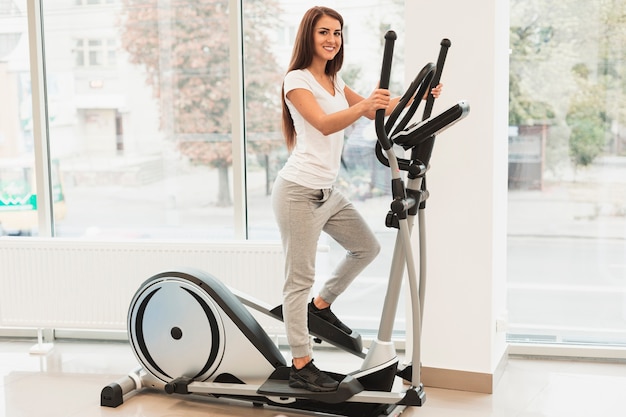
The effectiveness of this workout lies in its compound movements and sustained rhythm. Here’s why it delivers results:
This structured session is divided into warm-up, main workout, and cool-down phases to maximize benefits and support recovery.
Perform each exercise for 45 seconds, followed by 15 seconds of rest. Complete 4 rounds with a 1-minute rest between rounds.
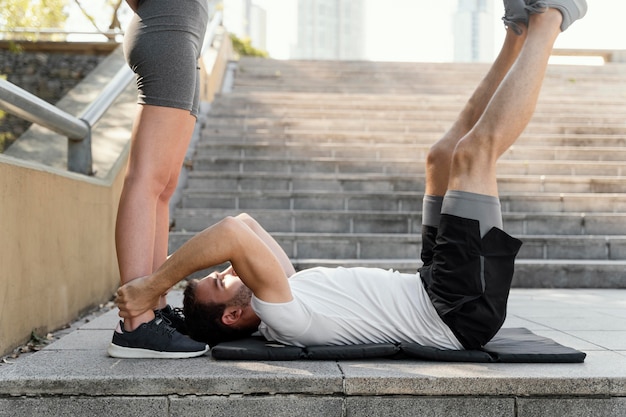
Exercise plays a critical role in regulating sleep cycles. This routine, in particular, supports recovery through several mechanisms:
This workout is highly scalable. Here’s how to tailor it to your needs:
The no-equipment elliptical session is a powerful, adaptable workout that delivers real results without requiring a gym membership or gear. By focusing on rhythm, form, and consistency, you can improve cardiovascular health, build endurance, and support better sleep and recovery—all from the comfort of your home.
Make this routine a part of your weekly schedule, ideally 3–5 times per week, and notice improvements in energy, mood, and restfulness. Fitness doesn’t have to be complicated—sometimes, the most effective workouts are the simplest.

Fitness

Fitness

Fitness

Fitness

Fitness
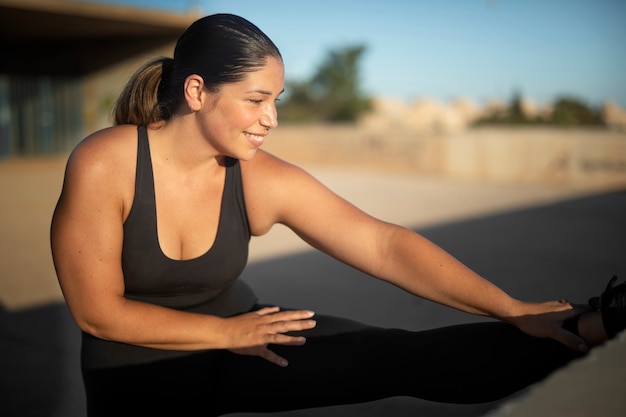
Fitness

Fitness

Wellness
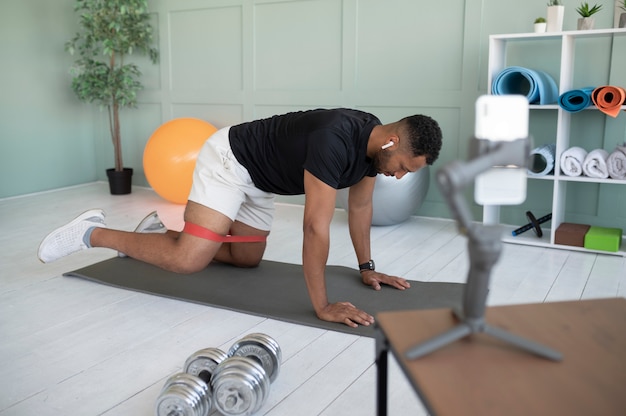
Fitness
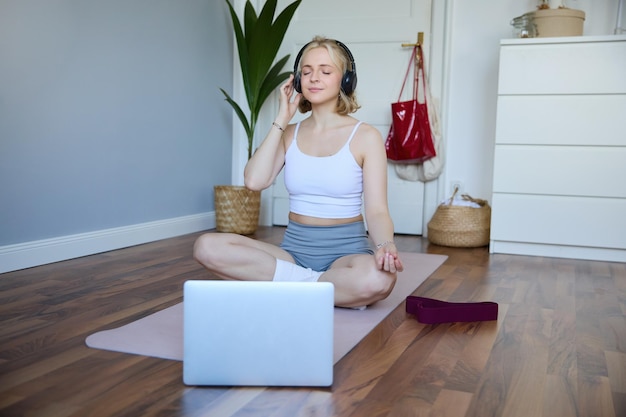
Fitness
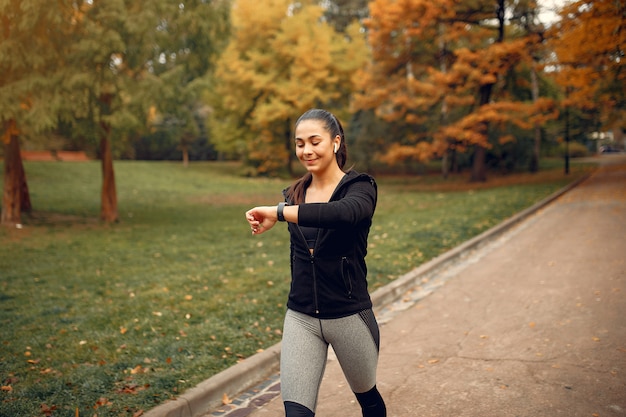
Fitness

Wellness

Health

Fitness

Health

Health